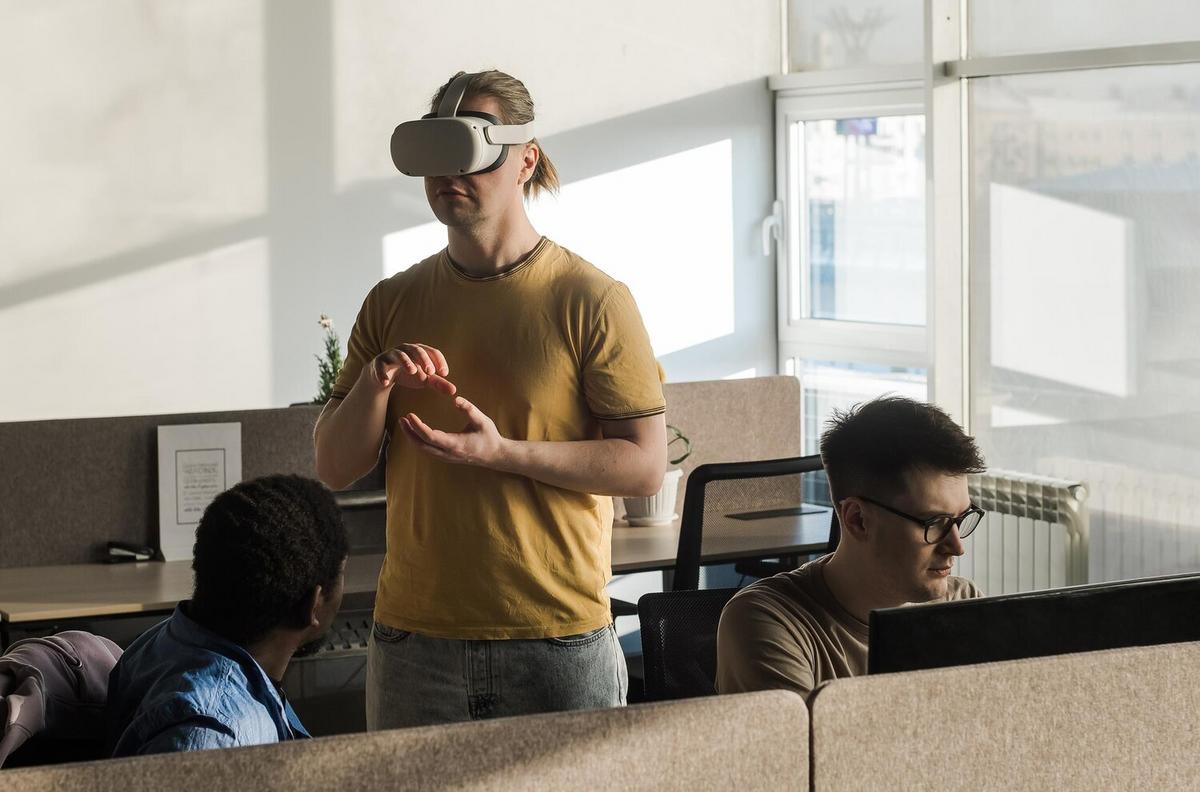
The Role of Virtual Reality in Modern Classrooms
Imagine stepping into a history lesson where you can walk through ancient Roman streets or a biology class where you can explore the human body from the inside. Virtual Reality (VR) is transforming such experiences from imagination into reality, paving the way for innovative learning techniques in modern classrooms.
Virtual Reality is not just a futuristic concept; it’s an active tool reshaping the educational landscape today. By immersing students in interactive environments, VR enhances engagement and retention. According to a study by Global Market Insights, the educational VR market is expected to surpass $6 billion by 2026, illustrating the growing adoption of this technology in schools.
Expert Opinions on VR in Education
Educational experts emphasize the potential of VR to cater to diverse learning styles. Dr. Phillip Barnes, an educational technologist, notes that “VR offers a unique way to engage visual and kinesthetic learners, providing experiences that are both educational and memorable.” This ability to combine multiple learning modalities makes VR an exceptional tool for educators.
Statistics and Research Findings
Research from the Stanford Graduate School of Education highlights that students who learned with VR demonstrated a 30% improvement in knowledge retention compared to traditional methods. This significant statistic underscores the efficacy of VR in enhancing student learning outcomes.
Real-World Examples
Consider the case of a high school in Texas that integrated VR into their science curriculum. Students were able to virtually dissect frogs, providing an ethical and repeatable alternative to traditional dissections. This hands-on experience led to increased student interest and understanding in biology.
Actionable Tips for Implementing VR
- Start small with affordable VR headsets and applications.
- Incorporate VR in subjects where visual learning can significantly enhance understanding, such as science and history.
- Encourage student feedback to tailor future VR experiences.
Comparison of VR Applications in Education
| Feature | VR Application A | VR Application B |
|---|---|---|
| Subject Focus | Science | History |
| Interactivity | High | Medium |
| Cost | Moderate | Low |
| User Reviews | 4.5/5 | 4.0/5 |
| Platform Compatibility | Multiple | Single |
| Ease of Use | Easy | Moderate |
| Customization | Available | Limited |
| Support | 24/7 | Business Hours |
FAQ
What is the main advantage of VR in education?
VR provides immersive experiences that enhance engagement and improve knowledge retention.
How can schools afford VR technology?
Schools can start with low-cost VR solutions and seek grants or partnerships with tech companies for funding.
In conclusion, Virtual Reality holds the promise to revolutionize how subjects are taught and learned in classrooms. By offering immersive and interactive experiences, VR not only makes learning more engaging but also more effective. As schools continue to embrace this technology, they unlock new possibilities for student success. Embrace VR in your educational strategy and watch as it transforms the learning environment.


